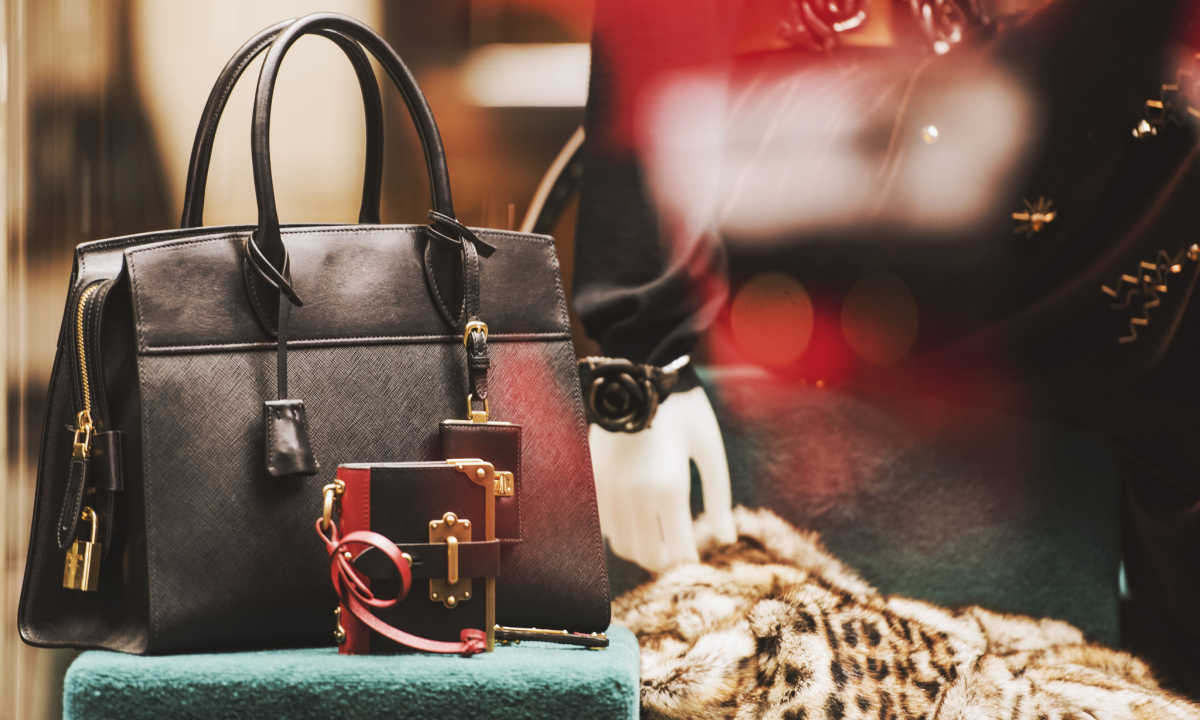
There was a time not long ago when fashion fiends living in the hinterlands made trips to “the city” to shop the most glittering brands in luxury.
But with the COVID migration from cities to suburbs, an increasing number of high-end brands have begun to “fish where the fish are” so to speak, and are expanding outside of big population centers and setting up shop in the leafy communities nearby.
A report from commercial real estate firm Jones Lang LaSalle (JLL) called “For the love of luxury: The renaissance of luxury retail in the United States” digs into the somewhat surprising growth from high-end fashion brands doubling down on physical stores set in suburban locales.
Noting that 2021 sales of luxury goods at $64 billion came within 7% of 2019 receipts, JLL said “as of May 2022, visits to luxury retailers have matched or exceeded pre pandemic levels every month this year. It’s clear that the ability to shop in person was a critical component of the luxury industry’s rebound.”
Somehow more surprising than the strength in the luxury sector despite a year of inflationary headwinds threatening to balloon into a full-blown recession, together with the digital shift, JLL’s research finds that physical stores are where much of the action still is.
See also: Luxe Retailers Look to Connect Payments, Data — and High-Touch Service
Citing a litany of brands like LVMH to Versace as opening new flagship locations from Manhattan and L.A.’s Rodeo Drive this year, JLL said, “Luxury retailers have also endeavored to court new shoppers in other regions of the United States. The early stages of the pandemic saw many people move out of overcrowded coastal cities in favor of the spacious landscape and temperate climate of the American South, and luxury retailers have shown a clear determination to go where the people are.”
Hurting High Earners Stabilize
PYMNTS research during the pandemic has seen higher-earning consumers with the incomes to shop luxury brands feeling the pinch of inflation, with many living paycheck to paycheck even on annual incomes exceeding $200,000. But there’s recent movement in those stats.
The latest study in the series, “New Reality Check: The Paycheck-To-Paycheck Report: The Inflation Edition,” a PYMNTS and LendingClub collaboration, notes that “The share of consumers earning more than $200,000 who lived paycheck to paycheck dropped slightly from 30% in July 2022 to 28% in August. Consumers annually earning between $150,000 and $200,000 experienced a slight decrease to 47% in August from 48% in July.”
Additionally, the study found that as of August 2022, 41% of consumers were living paycheck to paycheck without difficulty paying their monthly bills, “a 10 percentage-point increase from September 2021 that exceeds the 40% of consumers who do not live paycheck to paycheck.”
That’s an encouraging trend given the dire mood hanging over the general economy in 2022 and by many estimates expected to last until 2023 or 2024. It’s also good news for luxury boutiques outside of big cities whose clientele is back to buying designer fashions.
See also: Outperformance of Luxury Retail Sector Sparks Global Payments and eCommerce Pact
In a review of the JLL report, real estate data and analytics firm CoStar quoted JLL President of Retail Advisory Services Naveen Jaggi as saying, “What retailers found out is consumers will find you. It works to luxury’s benefit. They’re actually looking for a very discreet clientele, and that clientele wants to be able to walk into a Louis Vuitton, or into a Tory Burch … or a Canada Goose, and they want to walk in quietly where there is no rush. So, you will see more and more luxury retailers trying to go off of the Main Street to a destination, not to an impulse location.”
For all PYMNTS retail coverage, subscribe to the daily Retail Newsletter.